Planet on Fire: Let’s end fracking in BC
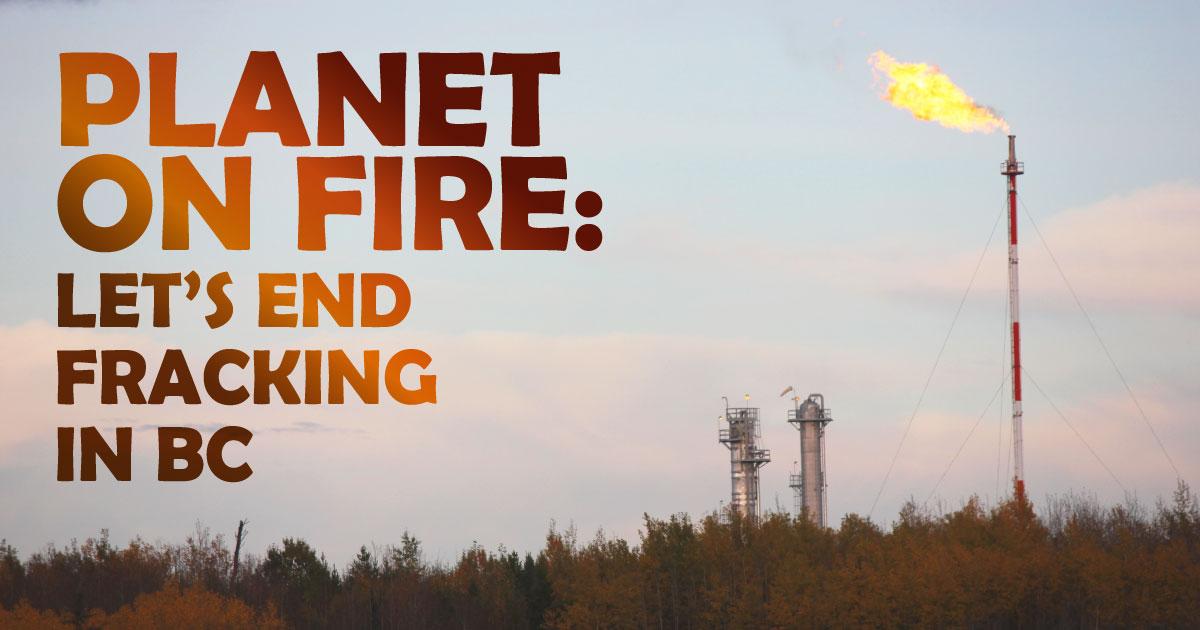
Read the PDF version by clicking here.
A brand new fossil fuel industry in a climate crisis?
Flare stacks tower above the spruce and aspen forest of northeastern British Columbia unleashing huge plumes of flames. Across the region, these monoliths pour carbon pollution into the atmosphere 24/7. Now, liquefied natural gas (LNG) plants on the coast could add countless more.
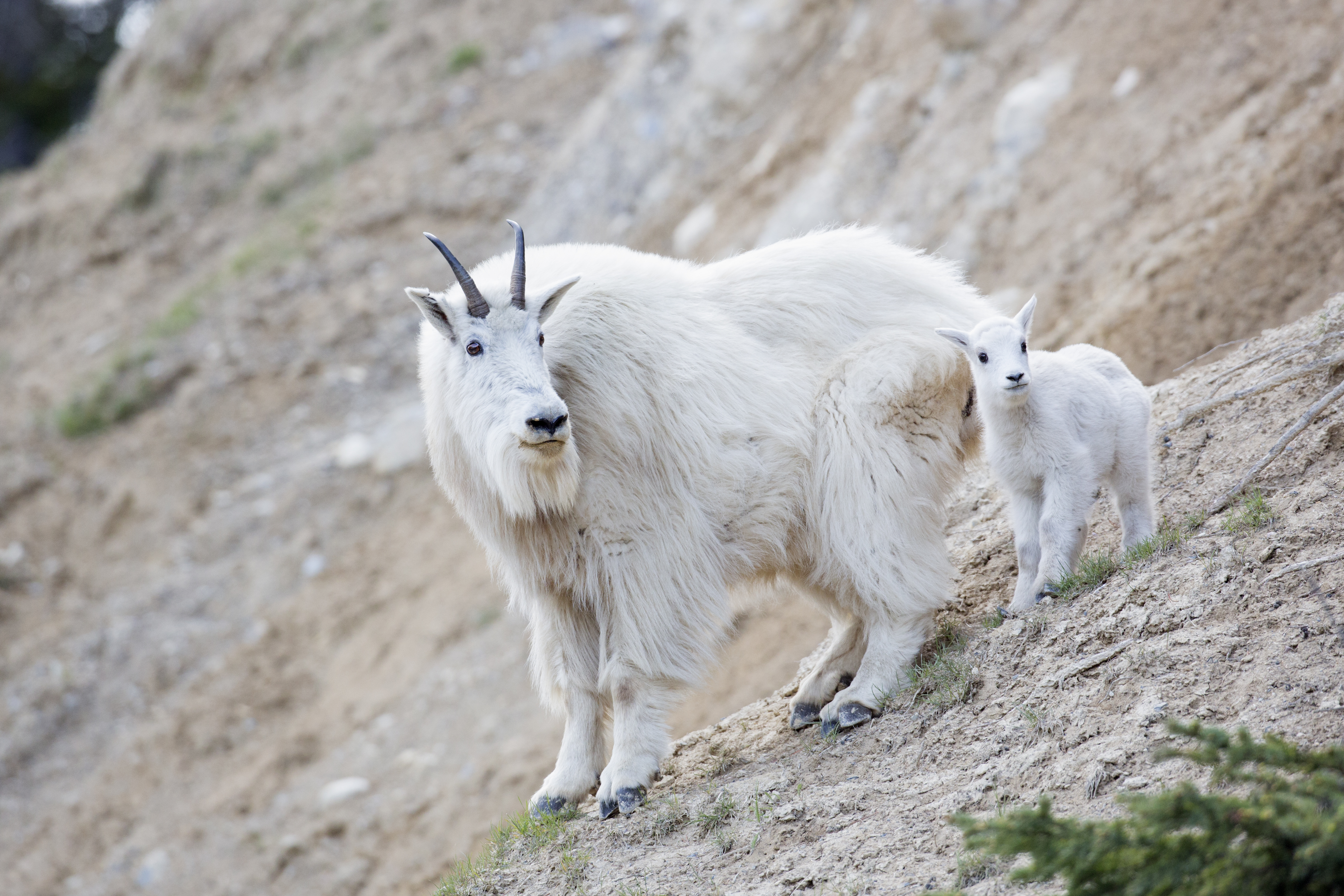
Communities and companies are seeking to reduce their reliance on polluting fossil fuels, so the industry is looking to exports for survival. LNG Canada, Woodfibre LNG and Kitimat LNG, three approved LNG plants in the province, would require tens of thousands of new fracking wells to supply them with fracked gas.
LNG Canada alone...would emit more carbon pollution than every passenger vehicle in British Columbia
If the LNG plants are built, fracked gas production would need to more than double over the next eight years. Otherwise, if the facilities are not built, fracking would continue at current rates and then begin falling after 2032. Altogether, the proposed LNG plants would contribute around 15 megatonnes of carbon pollution in 2050 — even though B.C.’s new provincial government has promised “net zero” emissions by then.
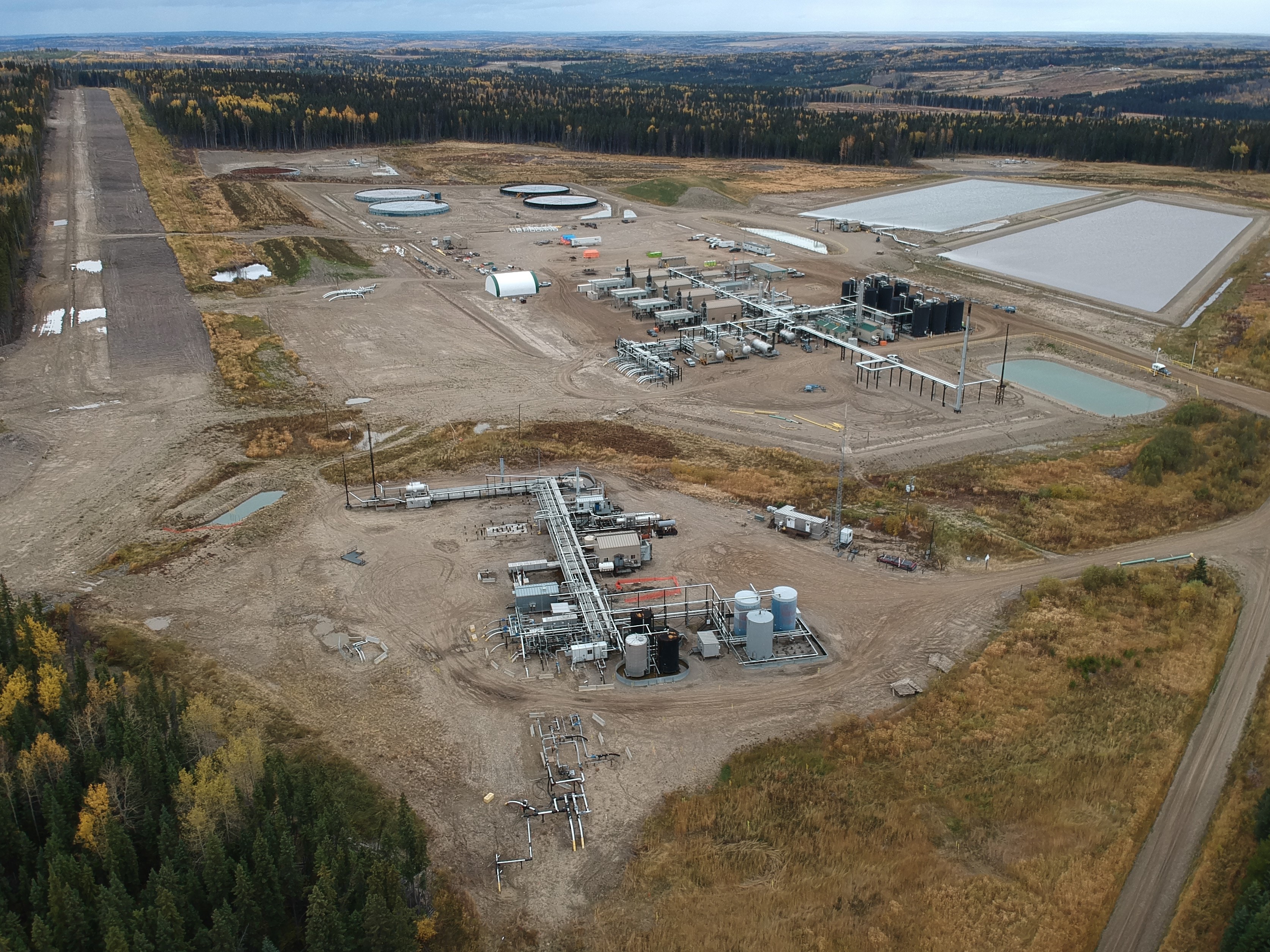
Frankly, the math just doesn’t add up. LNG Canada alone, a project which is already under construction, would emit more carbon pollution than every passenger vehicle in British Columbia once completed. Getting people out of their vehicles becomes futile when a single facility can undo those efforts.
On a global scale, there’s no doubt exporting LNG will lock-in decades more carbon pollution at a time when scientists are pleading for us to reverse course. Yet the province offered billions in subsidies to breathe life into this industry after most proposed LNG plants folded due to persistent low prices and oversupply.
Premier John Horgan gave a huge package of tax breaks and subsidies to get LNG Canada off the ground. In fact, provincial fossil fuel subsidies grew 79 per cent since the NDP came to power.
Despite all this public money, B.C. LNG is on shaky footing. It’s the most expensive proposed anywhere in the world and any small drop in projected demand renders it uneconomic.
Even the International Energy Agency wrote in 2019, “There is significant uncertainty as to the scale and durability of demand for imported LNG in developing markets around the world.” Last year, it said the pandemic “raises questions about the future prospects of the record amount of new liquefied natural gas export facilities approved in 2019.”
Even LNG Canada’s proponents are anxiously eyeing the exits. Shell and Petronas, the two largest partners, are cutting spending and reevaluating their gas assets with an eye instead to renewables. Meanwhile Japan, Korea and China, the target markets for B.C. LNG, have all announced new net-zero climate commitments well within the lifetime of the facility.
That’s terrific news for the climate but should raise alarm for northern communities who are staking their prosperity on LNG. British Columbia needs a plan to ensure every corner of the province thrives as the world leaves fossil fuels behind.
Fracking the foothills
From the Rocky Mountains to the Alberta border, across an area the size of Nova Scotia in northeastern B.C., more than 20,000 fracking wells pockmark the land. They draw half a million trucks worth of water each year from gentle, winding rivers and shallow lakes. Companies mix it with silica sand and a toxic chemical cocktail and blast it deep underground to shatter the shale rock beds below.
This is the Montney Basin — where fracked gas comes from. Forests and farmland have been lost to a vast industrial labyrinth of fracking infrastructure. Access roads, seismic lines, well pads, water hubs, pipelines, compressor stations, gas plants and waste disposal in B.C. cover five times as much land as Alberta tar sands mines.
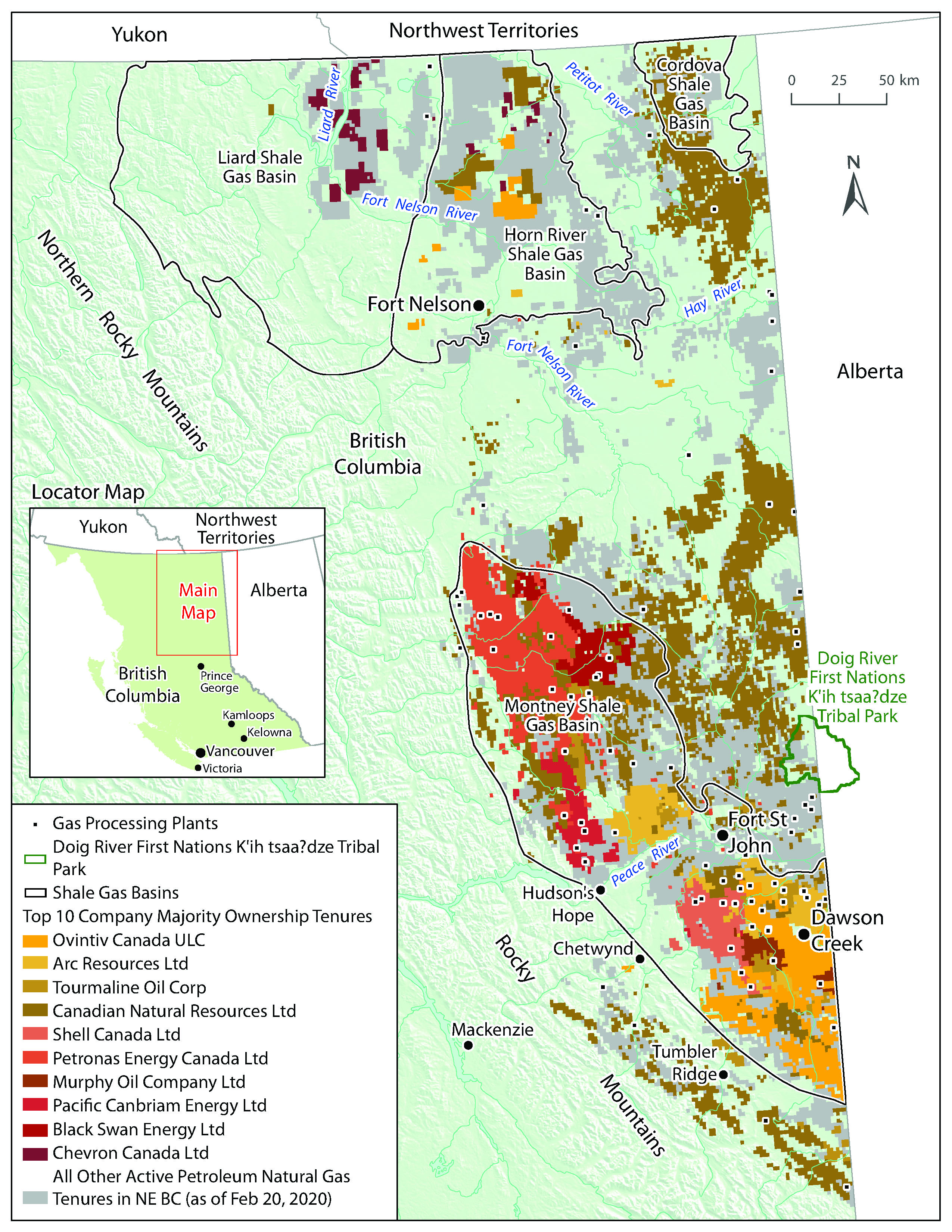
Home to Dunne-za, Dene Tha’ and Métis people, the region is part of Treaty 8 which guarantees hunting, fishing and trapping rights to Indigenous peoples. First Nations in the area have taken different approaches to protecting their rights in the face of fracking.
Blueberry River First Nation is suing the provincial government for treaty violations because 73 per cent of their territory is within 250 metres of industrial disturbance. Doig River First Nation has established K’ih Tsaa?dze Tribal Park to maintain and restore a 90,000-hectare tract of forest and wetland. Fort Nelson First Nation has a guardians program to monitor industrial activity and cumulative effects on their lands and waters.
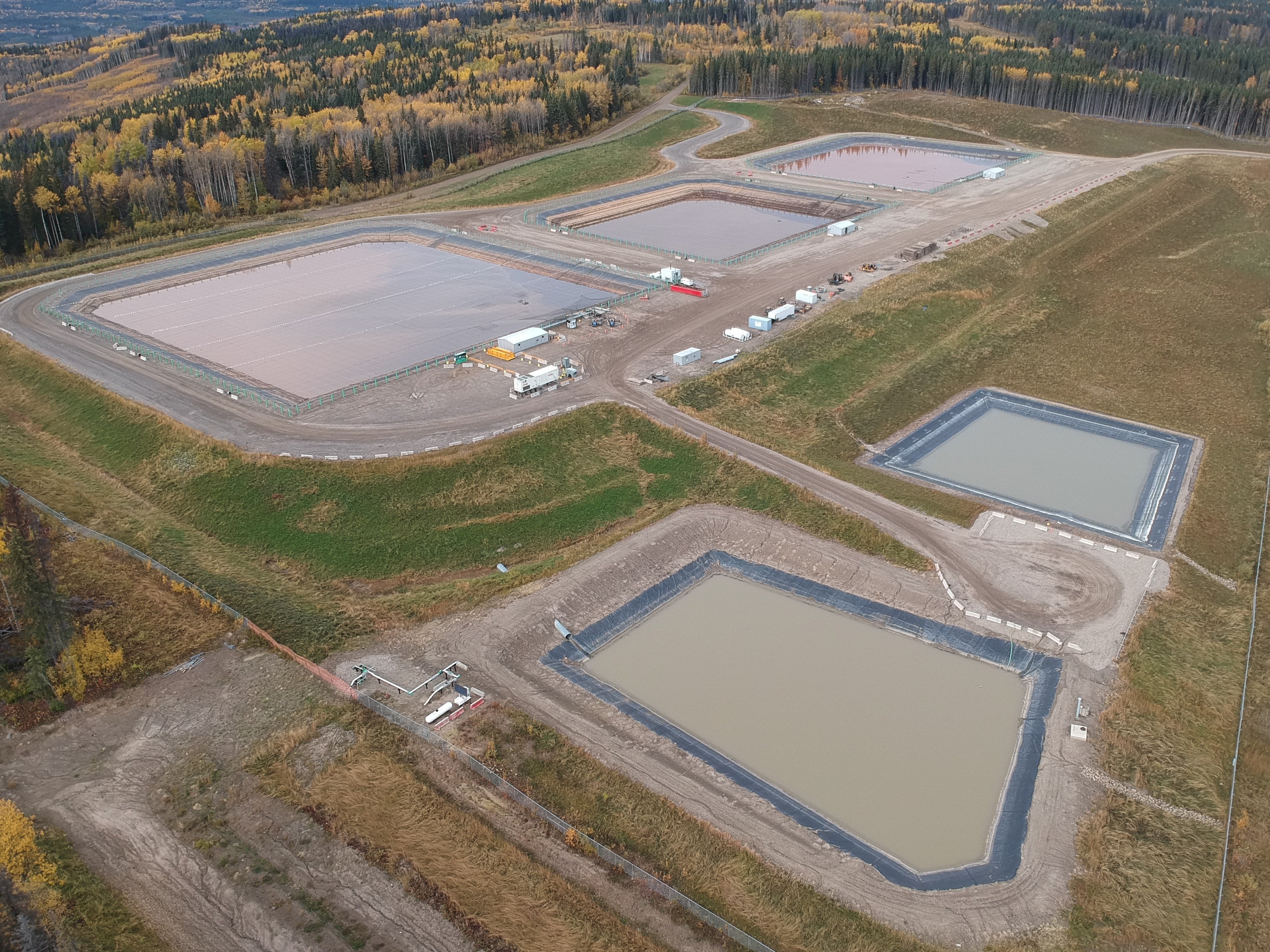
While it’s clear fracking destroys land and poisons water, we’re just beginning to understand its effects on human health. Dr Élyse Caron-Beaudoin, a toxicologist and researcher at the Université de Montréal, found traces of the known carcinogen benzene were 3.5 times higher in pregnant women in northeastern B.C. than the national average, and six times higher if they were Indigenous. Research like hers has led the Canadian Association of Physicians for the Environment to call for an end to fracking.
BC's magical thinking
The BC NDP keeps saying any LNG industry would need to fit within provincial climate targets. But they use creative carbon accounting to pretend their math adds up — like including only half of the LNG Canada project in Kitimat. Even as they promise a new goal of net zero emissions by mid-century, their support of a brand new fossil fuel industry ensures we will fail.
Recently, the NDP government admitted their CleanBC climate plan falls 28 to 44 per cent short of its 2030 target. Many worry the province will try to make up the gap with two “miracle technologies” — one ancient and one futuristic — that pull carbon out of the atmosphere. Unfortunately, we cannot depend on either of them to meet our climate goals. Neither justifies new LNG plants.
Trees are the most obvious way to draw carbon pollution from the air. They’ve been doing it for millions of years. But that doesn’t make it okay to continue pumping it out. Carbon offsets involve a company paying to reduce emissions elsewhere so that it can continue to pollute. They’ve been an incentive to protect forests like the Great Bear Rainforest on the north coast and to replant those lost to wildfires like a project Shell is funding on the Chilcotin Plateau.
Here’s the thing — forests simply existing and continuing their vital role in our climate doesn’t all of a sudden allow for new emissions from LNG. Deciding not to cut a forest down or replanting burned areas is helpful for the climate, but you’re only maintaining or restoring a natural carbon sink that’s always been there. No company or government can claim its activities are somehow not polluting the climate as a result.
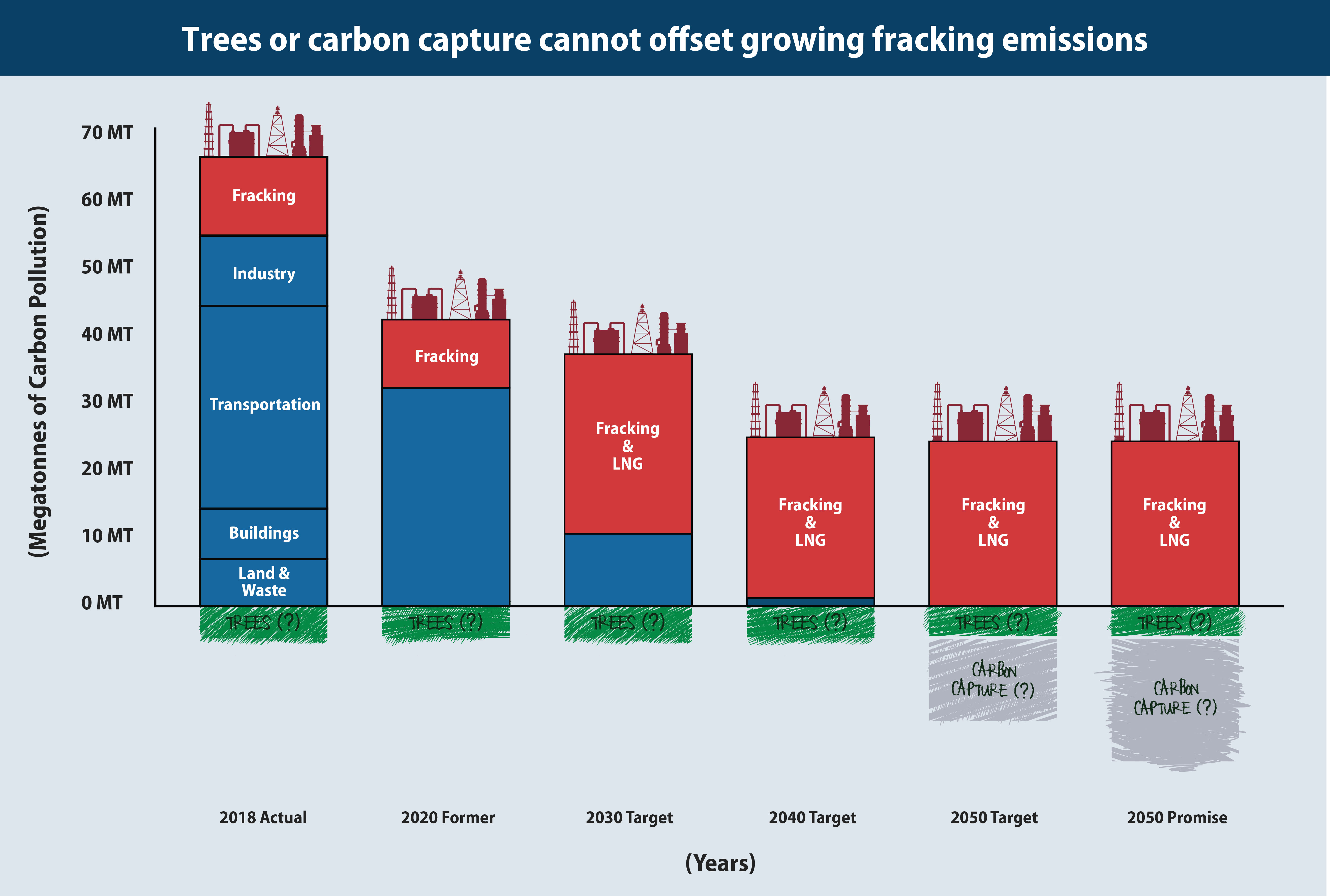
These payments have been sold as a way for Indigenous Nations to see economic benefit from protecting forests on their territories. We should be paying them for their long history of stewardship. But let’s not pretend it can help us meet our climate targets.
Meanwhile, another project getting much attention is the possibility of “direct air capture” of carbon dioxide. Carbon Engineering in Squamish runs a plant that pulls pollution out of the air and converts it into fuel. It’s where Horgan announced his new climate promises in the recent election.
But the technology is in its infancy. B.C. would need dozens of these plants, each a thousand times the size of the current one, to balance out a growing fracking and LNG industry. I suppose the public will pay for that?
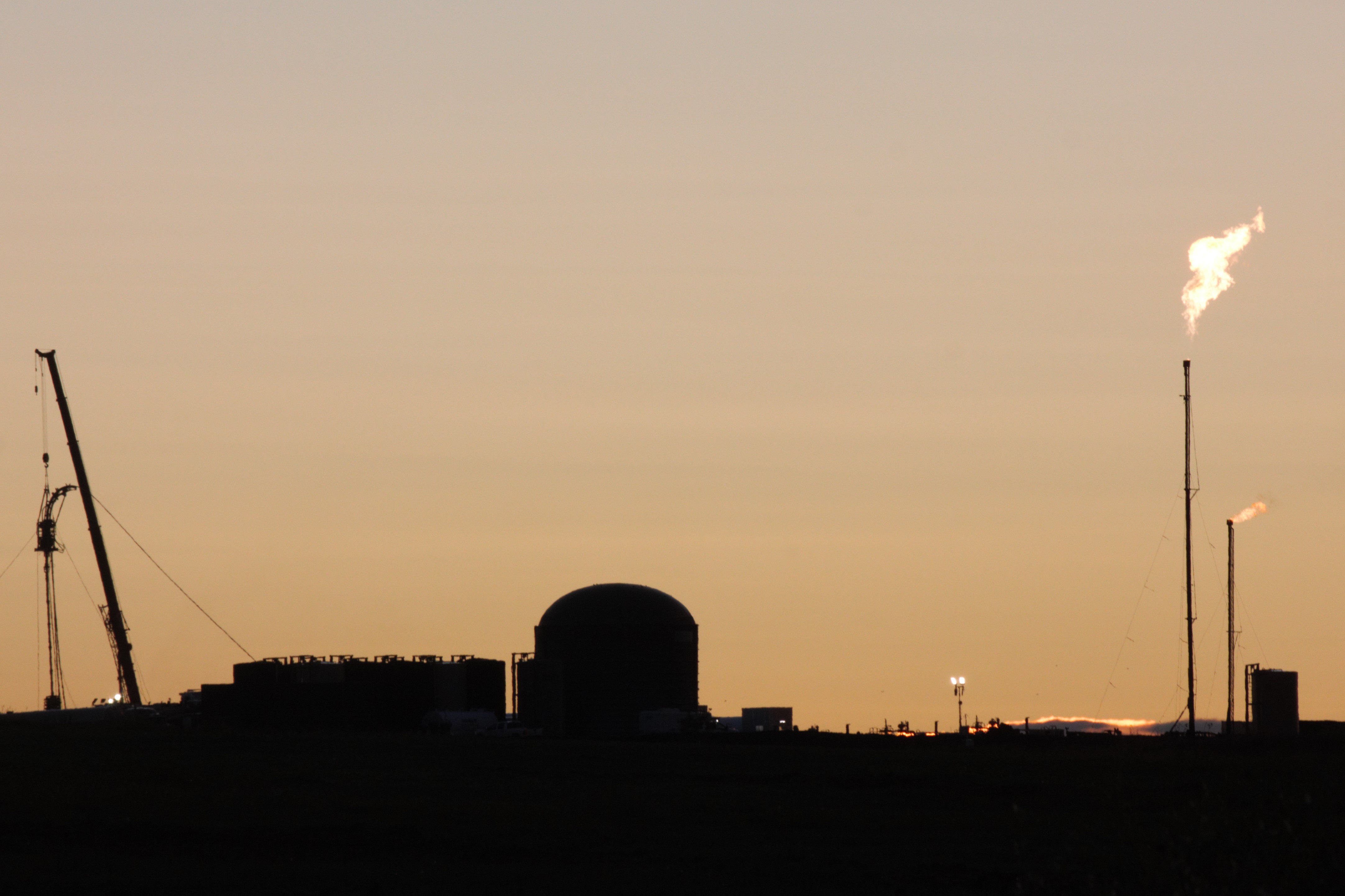
Meeting provincial climate targets will be hard enough. Let’s not set ourselves up to fail by relying on unproven, expensive schemes.
Who's fracking northeast BC
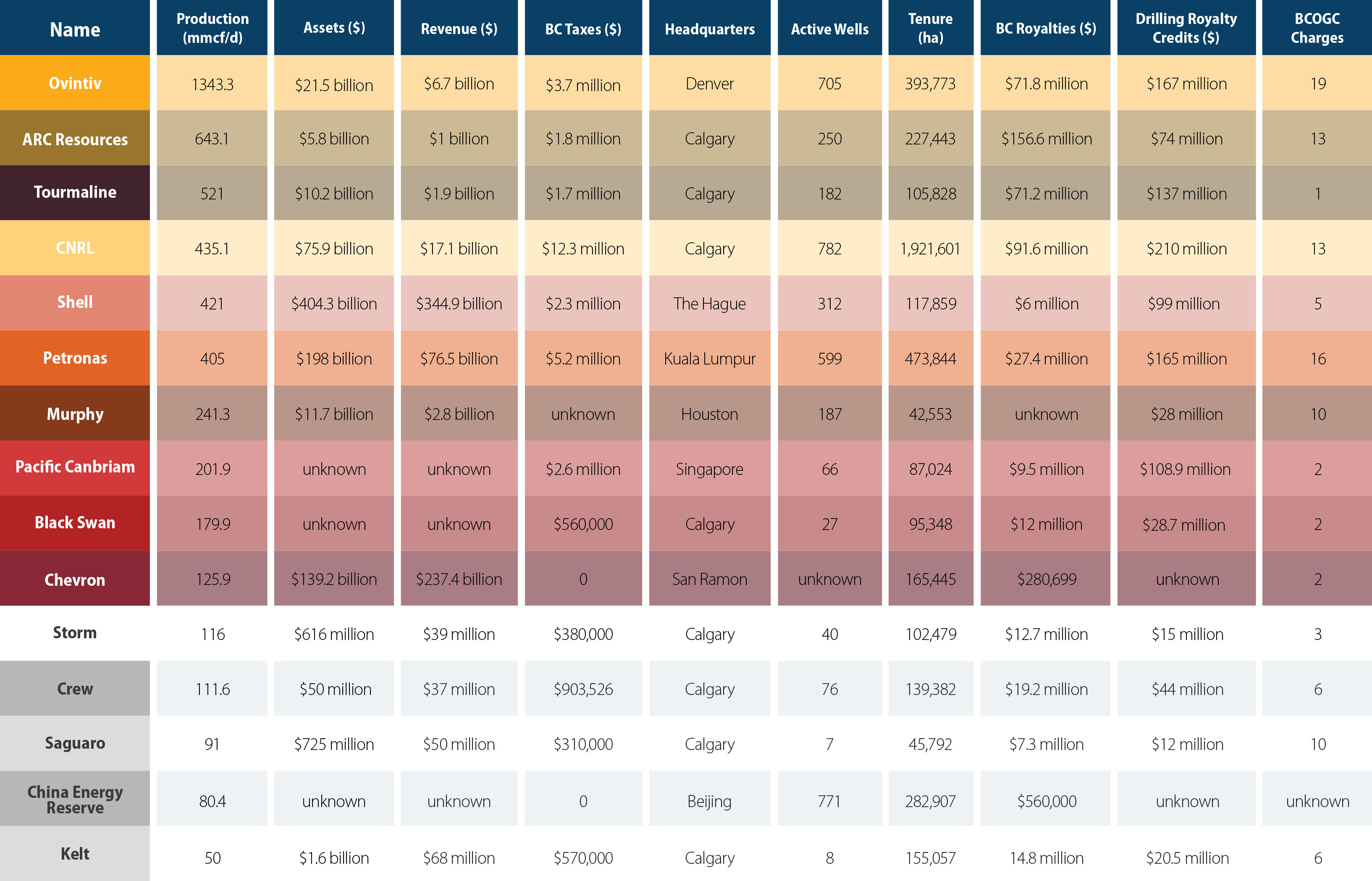
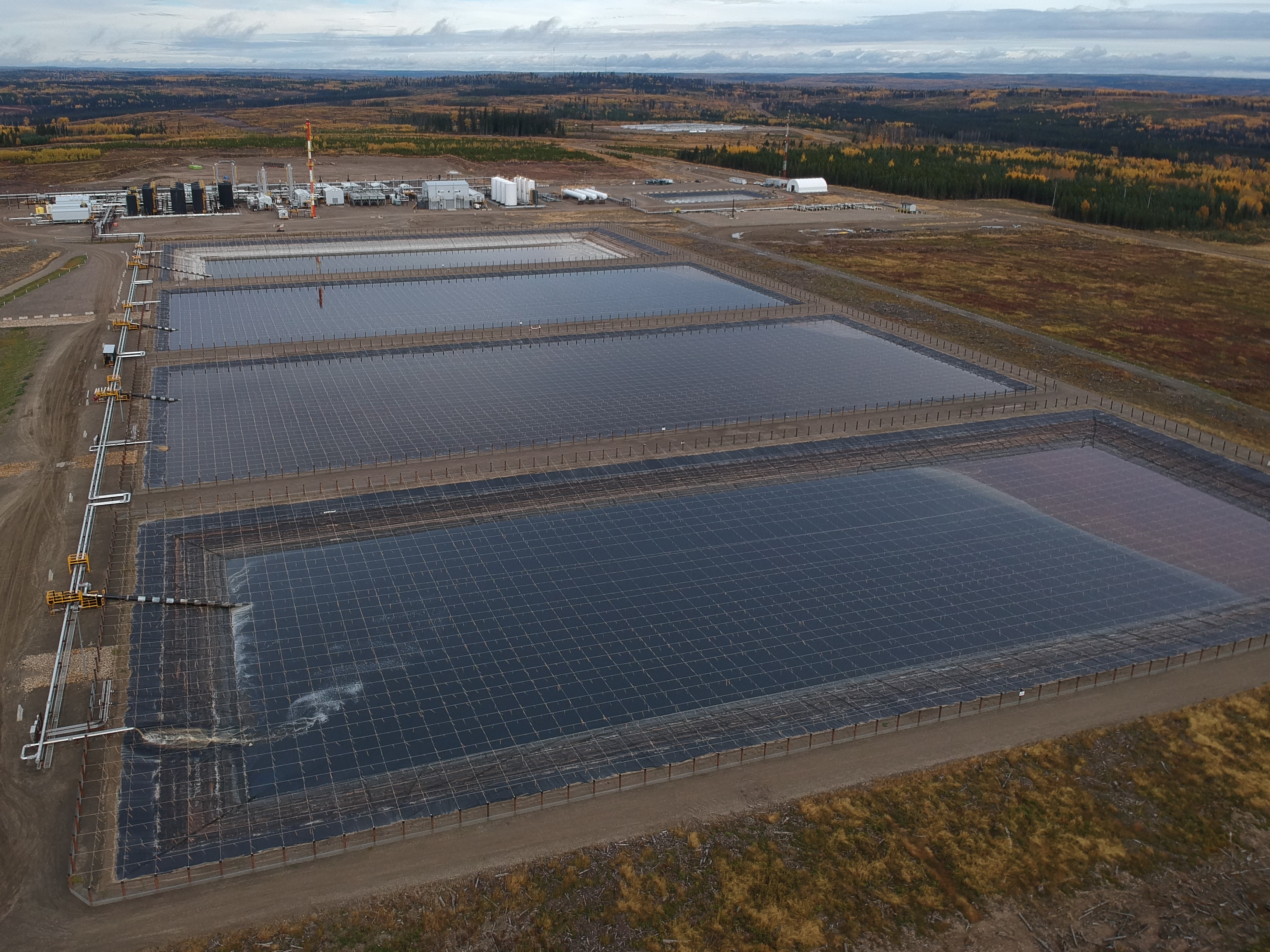
Cooking (the climate) with gas
Any idea B.C. LNG will help “get Asia off coal” is a public relations strategy, not a climate one. Since former premier Christy Clark cooked it up in 2012, this stubborn talking point has persisted through Liberal and NDP governments alike. But frankly there’s no evidence to support it.
Gas is no longer competing with coal for new electricity. As Asia retires its coal plants, renewables are rushing in to meet demand. Wind and solar made up 90 per cent of new power generation in 2020. It’s because they’re cheaper. Fracked gas is fast becoming extremely expensive backup fuel for green energy and will soon be replaced by batteries.
Even if B.C. fracked gas was likely to replace coal power, the lifetime emissions savings are marginal at best. It’s true burning gas produces less carbon pollution than coal for the same amount of power, but that benefit is lost by the time you lose a portion of it to leaky wells, burn a whole lot more to power compressor stations and liquefaction facilities and then transport what’s left across the Pacific.
On a global scale, this switch would not stave off climate ruin. Even if the world replaced all projected coal power with gas plants, the electricity sector would still be producing five times too much carbon pollution as it needs to maintain a safe climate. Instead, the UN Environment Program says we need to slash global gas production by three per cent each year to 2030.
There’s no getting around the stark reality that B.C.’s proposed LNG industry cannot exist in a world that maintains a safe climate. Rather than finding ever more complicated schemes to prop up gas development, the provincial government needs to get serious about bringing our emissions to zero as quickly as possible.

Subsidies keep gas on life support
Maybe the most frustrating thing about B.C.’s nascent LNG industry is that without colossal financial support from the provincial government, it would simply disappear. Gas companies receive billions of dollars in the form of tax breaks, subsidies and royalty credits.
Largest among these subsidies are the royalty credit programs, which allow fracking companies to reduce the resource revenue they pay to the provincial government. B.C. has no less than seven different schemes to whittle away any benefits to the public purse.
Foremost is the deep well royalty credit, which was introduced back when fracking was still new and expensive. Depending on how deep a well is, it is eligible to receive a rebate of between $440,000 and $2.8 million on the resource royalty payments it gives the province.
Now, the vast majority of gas in B.C. comes from fracking but companies are still raking in these credits — to the tune of $350 million a year. One provincial official who resigned over the runaway costs of the program explained the province is giving out twice the money in credits as it receives in royalties.
Of course, if fracking and LNG companies actually had to pay for their pollution like the rest of us, new facilities would be a non-starter. But they’re given special treatment under the provincial carbon tax. LNG Canada, likely to be the single largest polluter in the province, gets an exemption to the yearly increases.
And the tax doesn’t apply at all to methane leaks from fracking operations in the northeast. Instead, along with infrastructures like roads and pipelines, the provincial government pays up to 50 per cent of the costs of projects to limit those emissions. Gas companies get “carrots” — we get the sticks.
Finally, Horgan offered more subtle subsidies to roll out the red carpet for LNG Canada. It can defer PST on construction costs, essentially an interest-free loan for decades, and it will pay discounted electricity prices to BC Hydro. Now, other LNG facilities can justifiably expect the same sweetheart deal.
| Annual gas subsidies table: |
|---|
| $ Deep Well Royalty Credit Program: $294 million |
| $ Infrastructure Development: $108 million |
| $ Carbon Tax Exemption (Fracking): $131 million |
| $ Carbon Tax Exemption (LNG): $80 million* |
| $ PST Deferral on Construction Costs: $17 to 21 million |
| $ Discounted BC Hydro Rates: $32 to $59 million |
| = Total: $686 million |
It’s pretty clear the gas industry only remains alive in B.C. at the expense of the public purse. As the outlook for LNG only gets worse, expect these companies to demand even more. It needs to end. All Horgan has to do for B.C. to get moving on climate action is force these fracking companies to stand on their own two feet and do his level best to prepare northern communities for the industry’s inevitable decline.
Invest in a post-carbon future for the north
Horgan and his colleagues understand the need to eliminate carbon pollution. But now it’s time to make tough decisions. If humanity succeeds in its efforts to maintain a safe climate, fracking and LNG cannot and will not exist in 30 years. Rather than try to square this circle, it’s time to have an honest conversation with northern communities about what comes next.
For decades, governments in Victoria have used resource revenue from northern B.C. to build schools and hospitals and transit lines in major cities. Now, as the province looks towards an economy that doesn’t come at the expense of our climate, it’s time for the urban centres of the province to return the favour.
Let’s invest in a just transition for the North and end “rip it and ship it” reliance on fickle overseas markets. Across the region, there are companies and communities that are already well on their way to building an economy that will last. Provincial leaders need to engage with northerners to determine what they need to thrive in a future without fracking or LNG. In particular, they must support Indigenous Nations’ efforts to foster an economy that aligns with their values.


It will take major investments in infrastructure and services to position northern communities for success. Nobody is going to open a software company in a community where the internet is spotty at best, the workforce doesn’t have the necessary skills and abandoned gas wells are bleeding the community dry.
One provincial government agency, the Northern Development Initiative Trust, is already funding the kinds of community economic development projects that are laying the groundwork for a vibrant, thriving northern economy. What would it look like to make this organization the vehicle for a transition off fossil fuels?
Places like Haida Gwaii, Smithers, Valemount and Tumbler Ridge have shown northern communities can chart their own sustainable economic development. With resources from the provincial government and support from the climate movement, northerners can build on those efforts across the region and envision a future without fossil fuels.
Take action to end fracking in BC